The Spectacular National Parks Of Morocco
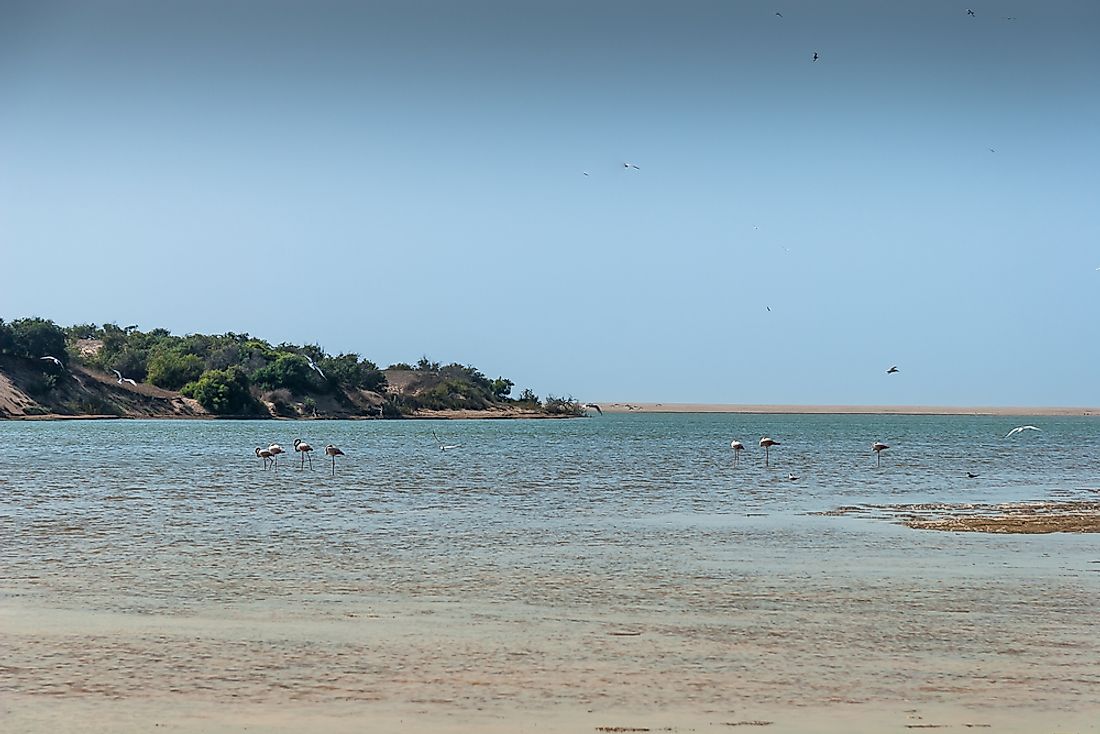
Morocco is a sovereign state located in North Africa. The country features a variety of landscapes ranging from rugged mountains to deserts to coastal areas. Morocco has rich biodiversity that is protected within the boundaries of its many national parks. There are 454 species of birds living in Morocco. The Barbary macaque is a critically endangered primate found in only Morocco and Algeria. Despite protection being granted to many of the threatened species in the country, illegal trade of wildlife is common in this country. The national parks of Morocco are as follows:
10. Al Hoceima National Park
This national park is located close to the Al Hoceima town in Morocco. It encompasses a total area of 470 square km including both terrestrial and marine habitats within its limits. The marine habitat of the park occupies an area of 190 square km. This national park is ideal for mountain biking and trekking activities. Dirt-tracks criss-cross the territory of the park. A number of Berber settlements exist here. The isolated location of the national park provides protection to the threatened species living within its boundaries.
9. Toubkal National Park
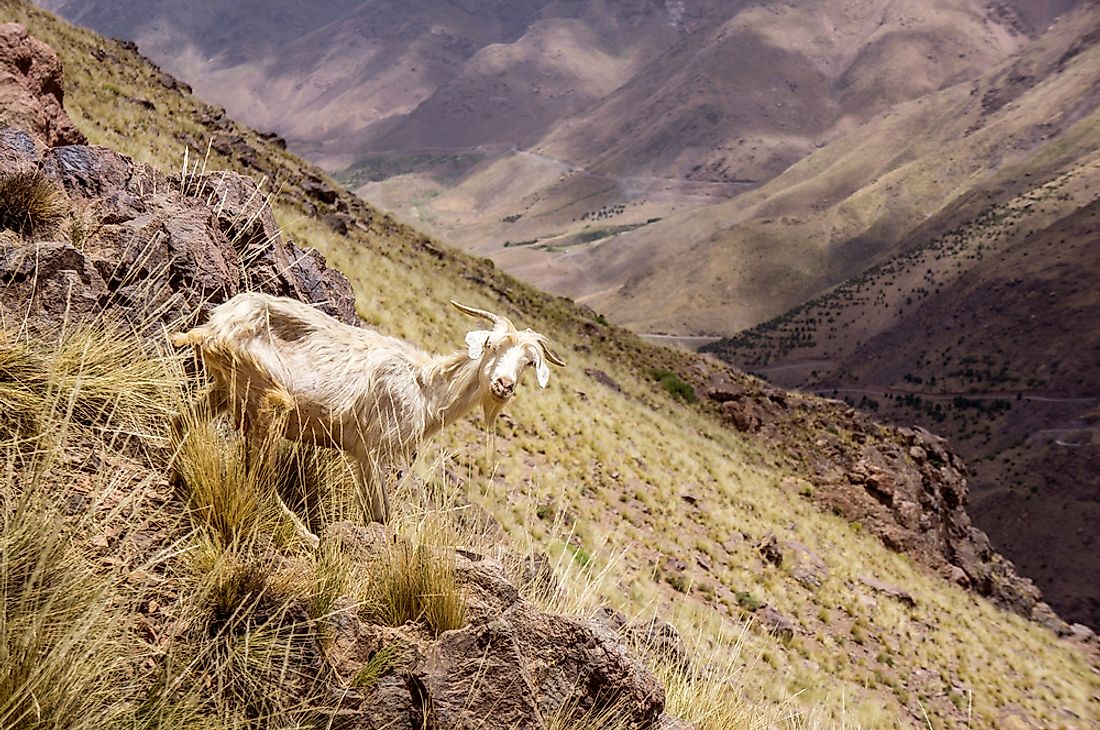
This national park is located in the High Atlas mountain range. It was founded in 1942 and encompasses 380 square km. It is the country’s oldest national park. The 4,167 m tall Jbel Toubkal is the tallest peak in this national park. It is also North Africa’s tallest mountain. The Toubkal National Park is the nation’s most visited park. Atlas vipers, porcupines, lizards, golden eagles, etc., live in the park.
8. Haut Atlas Oriental National Park
Including parts of the High Atlas mountains and the surrounding areas in Morocco, this national park occupies an area of 490 square km. The park conserves a large number of animals including birds, reptiles, amphibians, and mammals like the Cuvier's Gazelle and Barbary sheep. The national park also hosts several cultural sites and small villages where one can get a taste of the local culture. The elevation here ranges from 1,645 m to 3,102 m at the highest point of Jbel Tanrhourt.
7. Khenifiss National Park
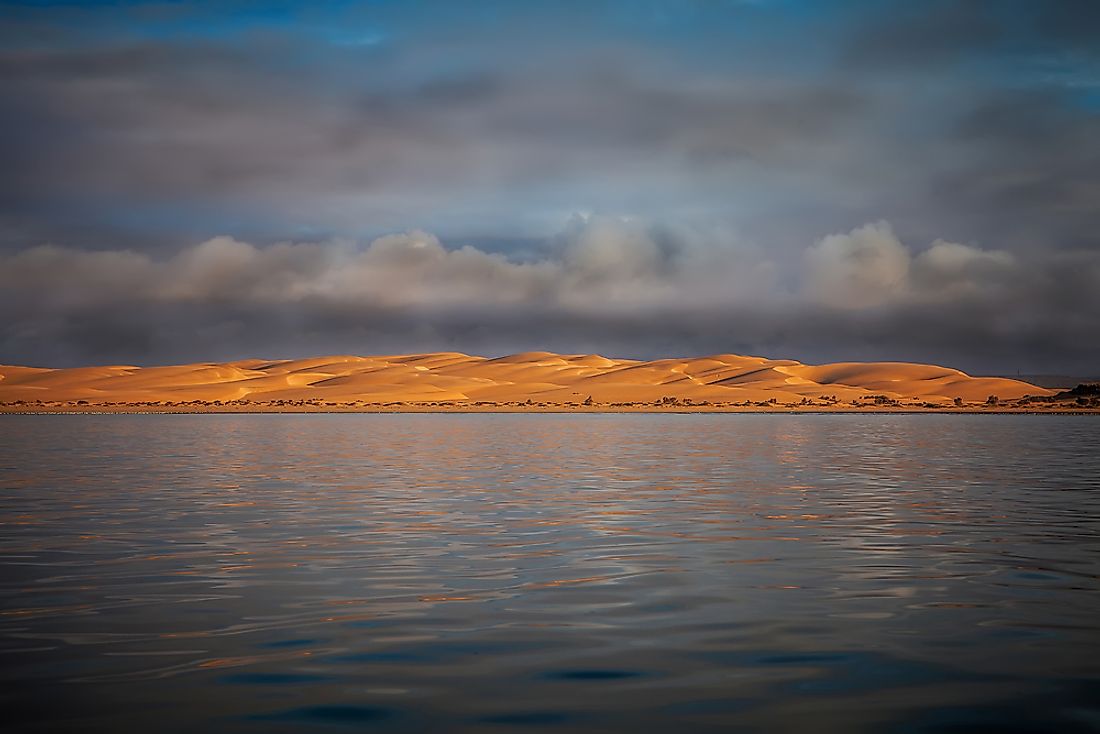
Located in Morocco’s southwest on the coast of the Atlantic Ocean, this national park encompasses an area of 1,850 square km. It was set up in 2006 with the aim of protecting the region’s wetlands, coastal dunes, and desert habitats. This national park includes the Khenfiss lagoon within its territory. The lagoon, the biggest at the Moroccan coast, serves as an important bird habitat. Both migratory and resident birds are found here. The marbled duck, Audouin's gull, and the Ruddy shelduck are permanent inhabitants of this lagoon.
6. Ifrane National Park
Located in Morocco’s Middle Atlas mountain range, this national park was founded in 2004. It covers an area of 500 square km. Atlas cedar forests dominate the vegetation at the national park. It is one of the last refuges of the endangered Barbary macaque in the wild. Other animals like the golden jackal, serval, caracal, Barbary boars, common genet, etc., can also be found here. The Afennourir Lake located in the park is a Ramsar Site and attracts birds in great numbers.
5. Tazekka National Park
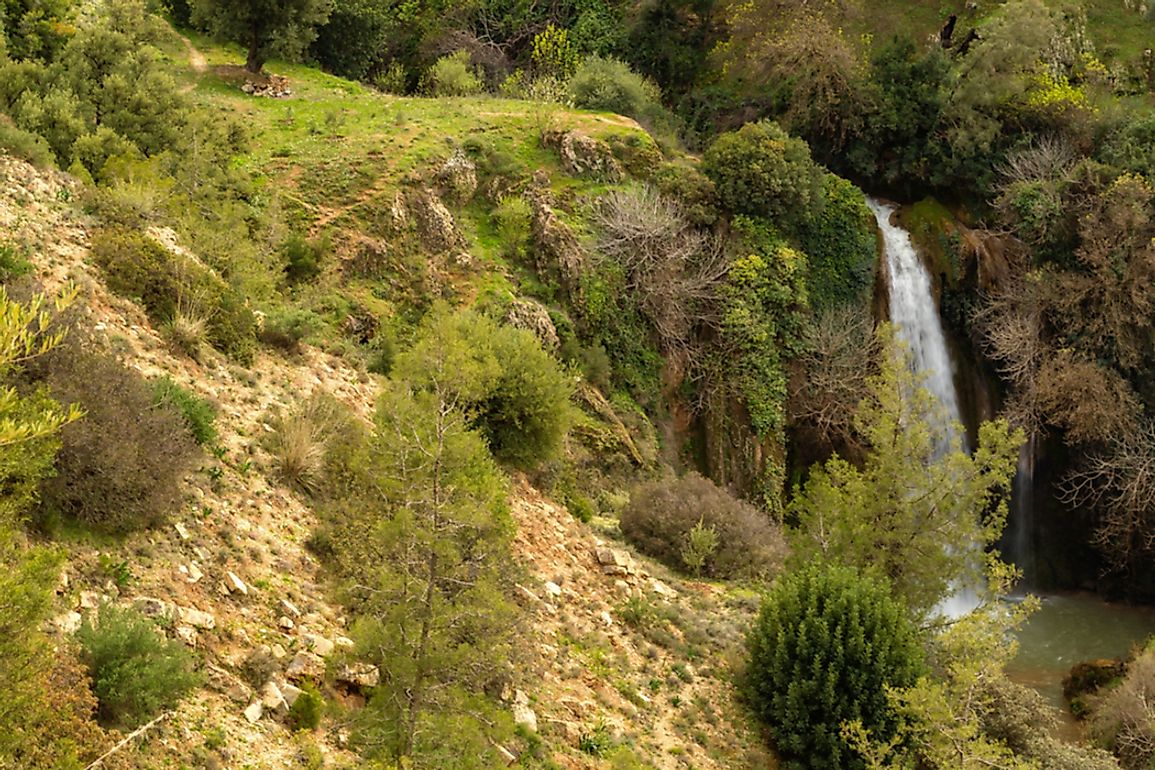
This Moroccan national park was established in 1950 with the objective of conserving the natural resources on a section of the Middle Atlas range. The 1,980 m tall Jbel Tazekka is part of this park. The park protects an ecologically significant grove of cedars within its boundaries. The landscape of this national park also includes canyons, caves, cascades, and forests of oak, cork, etc. North African boars, red foxes, Algerian wolves, porcupines, Barbary leopards, caracals, striped hyenas, etc., are some of the mammalian species found here.
4. Iriqui National Park
This national park occupies parts of the Tata and Zagora provinces of Morocco. The park stretches from the foothills of the Anti-Atlas to the Draa River. The Iriqui was set established in 1994 and features a typical Moroccan desert landscape. The park features savanna with acacias and wooded steppe vegetation. The Lake Iriqui in the park is an important habitat for migratory birds like flamingos, geese, and coots. Other fauna like North African ostriches, Barbary sheep, striped hyenas, chameleons, geckos, etc., are also found in this national park. Most of the human population of the park lead a nomadic lifestyle. The park has great potential for the development of ecotourism.
3. Souss-Massa National Park
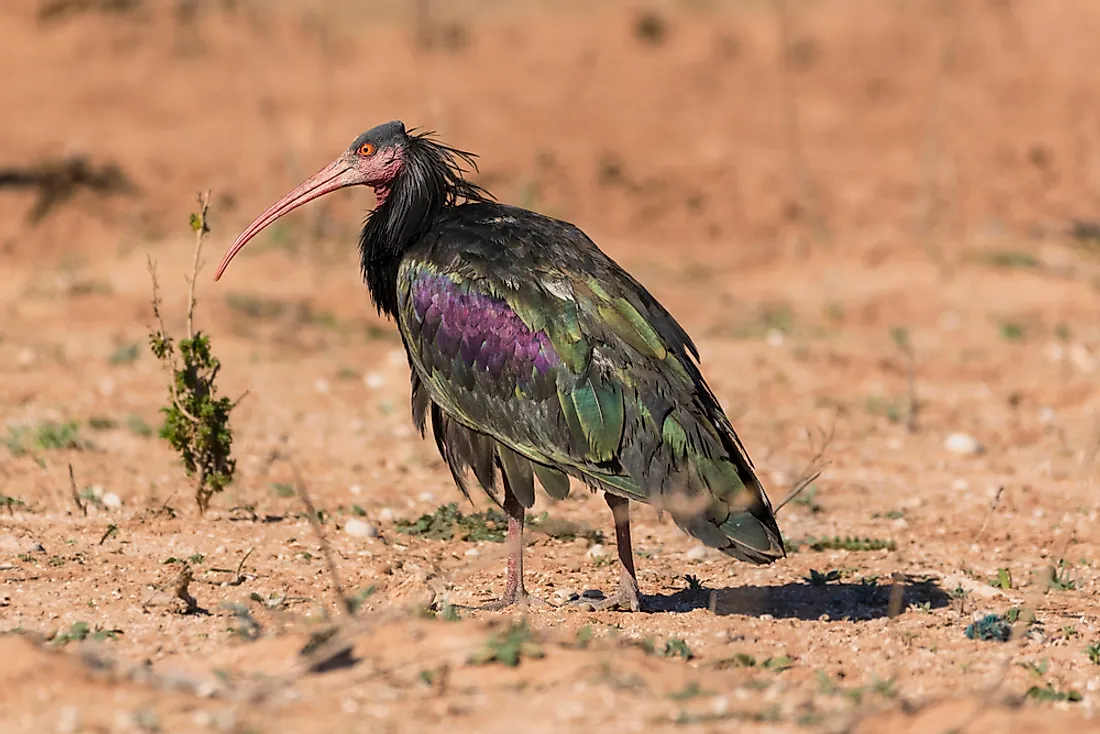
Another national park located on Morocco’s Atlantic coast, the Souss-Massa was established in 1991. Two estuaries, the Oued Massa and the Oued Souss are located towards the southern and northern end of the park, respectively. Wetlands, beaches, coastal dunes, and steppes characterize the landscape of the national park. The importance of the park lies in the fact that it hosts 95% of the global population of truly wild breeding Northern bald ibis (Geronticus eremita). Other birds like the marbled duck, European spoonbill, red-necked nightjar, Moussier's redstart, Audouin's gull, etc., are also found here. Captive breeding programmes to conserve the addax, scimitar oryx, Dorcas gazelle, and the dama gazelle, all threatened species, are practiced in this national park.
2. Khenifra National Park
Located in central Morocco, this national park has an area of 935 square km. The park was set up in 2008 and is home to diverse flora and fauna. The Khenfira hosts two beautiful lakes, the Aguelmame Aziza and the Aguelmame Sidi Ali. The park does not see many international tourists.
1. Talassemtane National Park
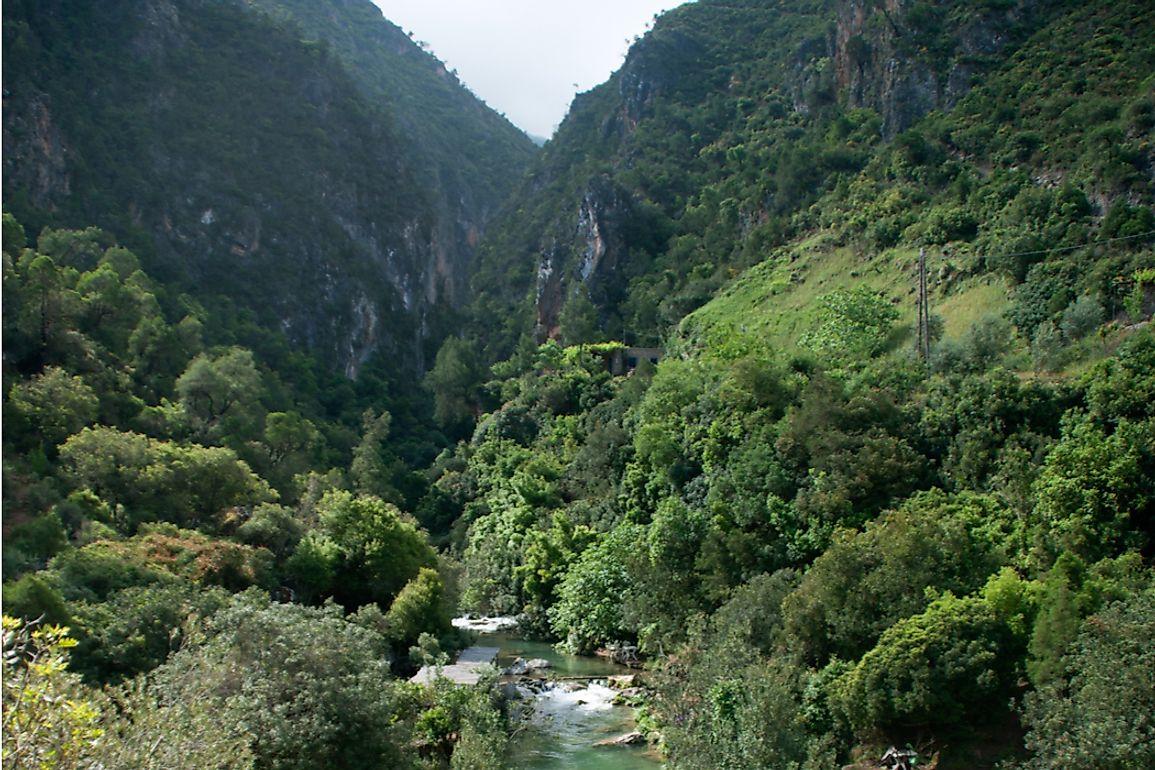
This national park is based in northern Morocco’s Rif region. It has an area of 589.5 square km. The park that was established in 2004 conserves the threatened fir forests of the country. Other endangered species of fauna like the Atlas cedar and the Atropa baetica are also protected in this forest habitat. This national park also has rich avifauna with a specific diversity of more than 100.











